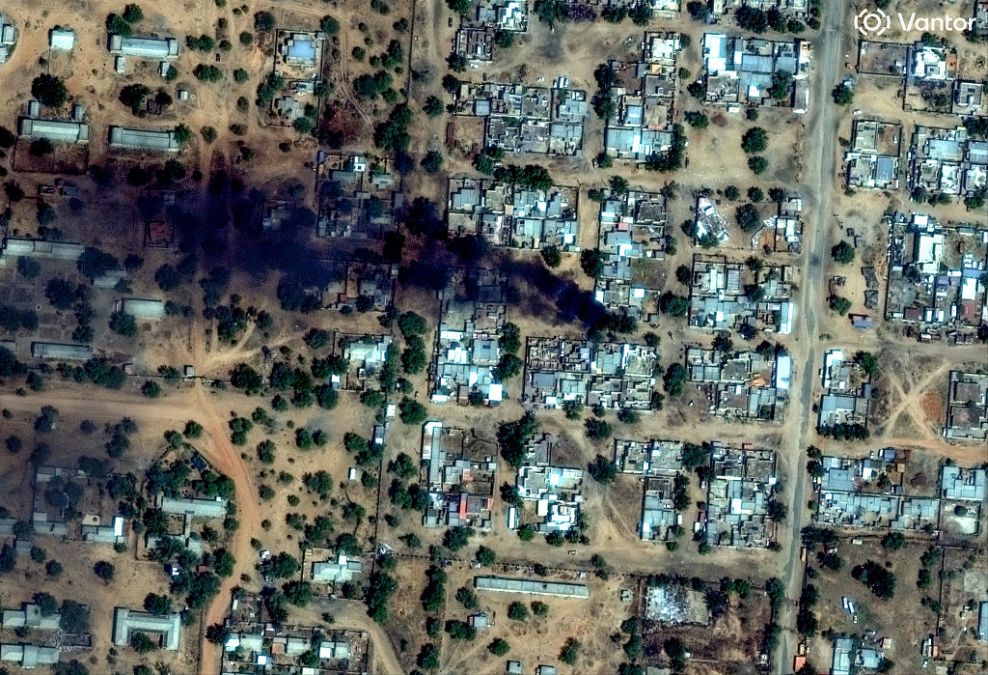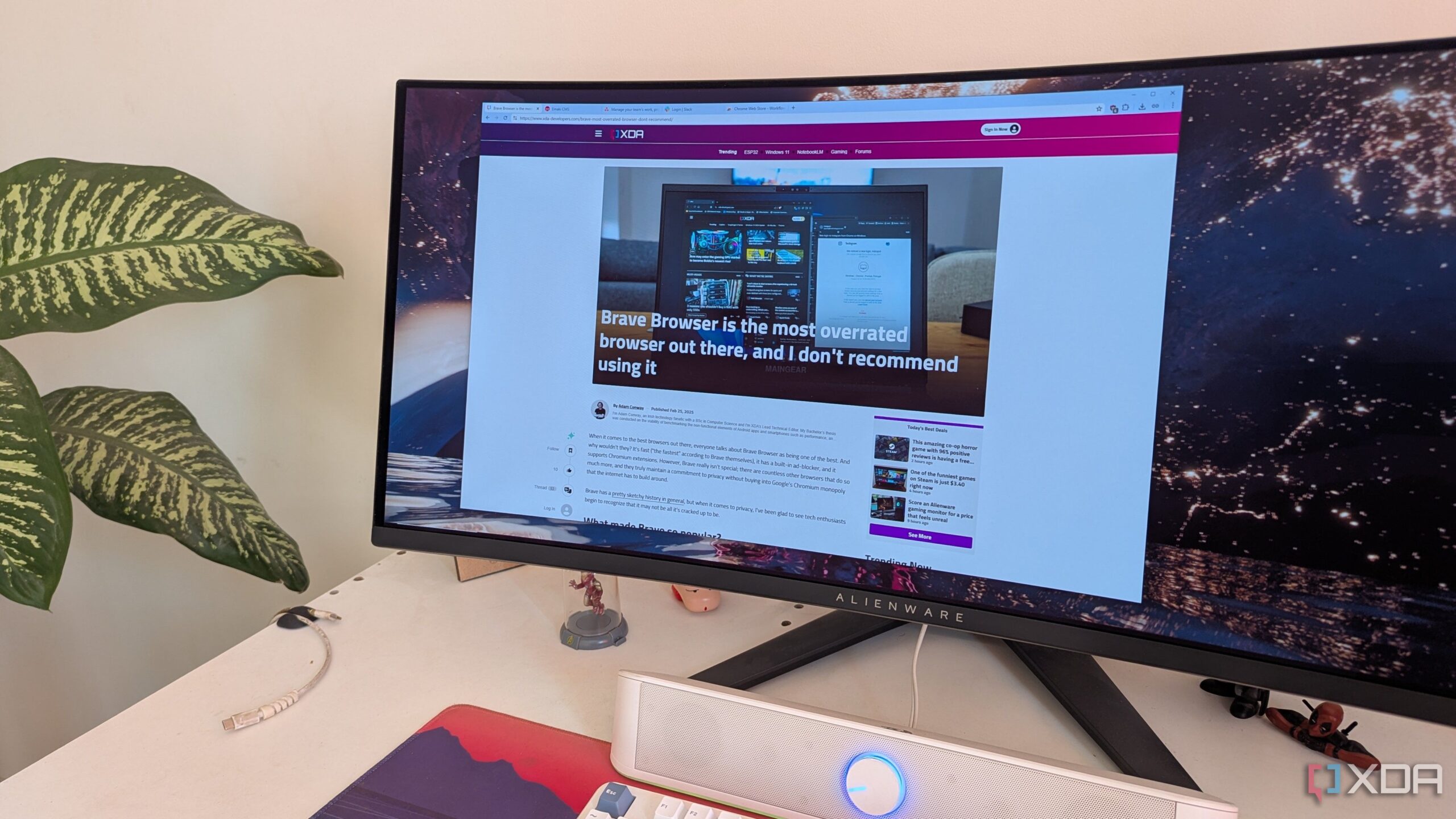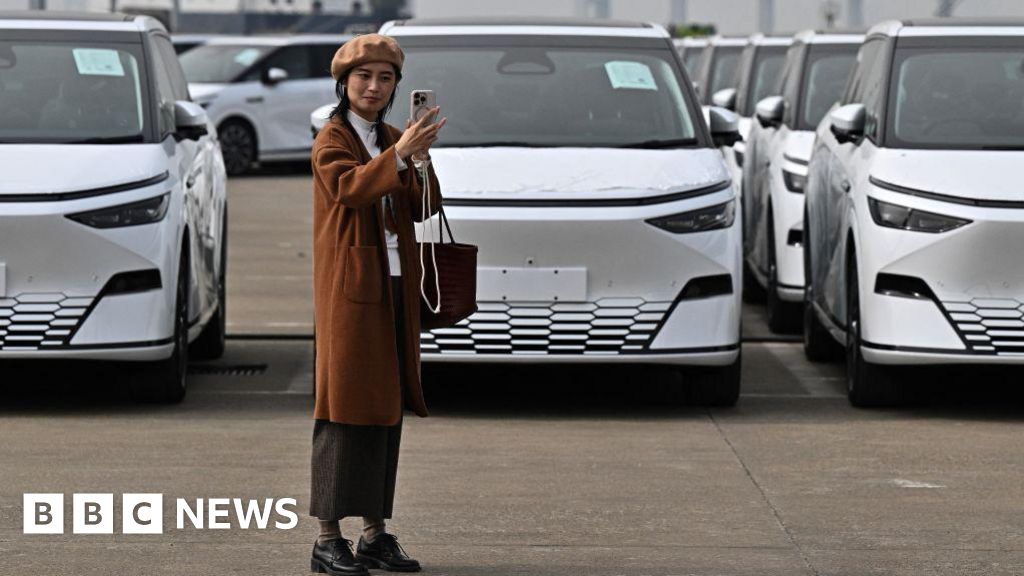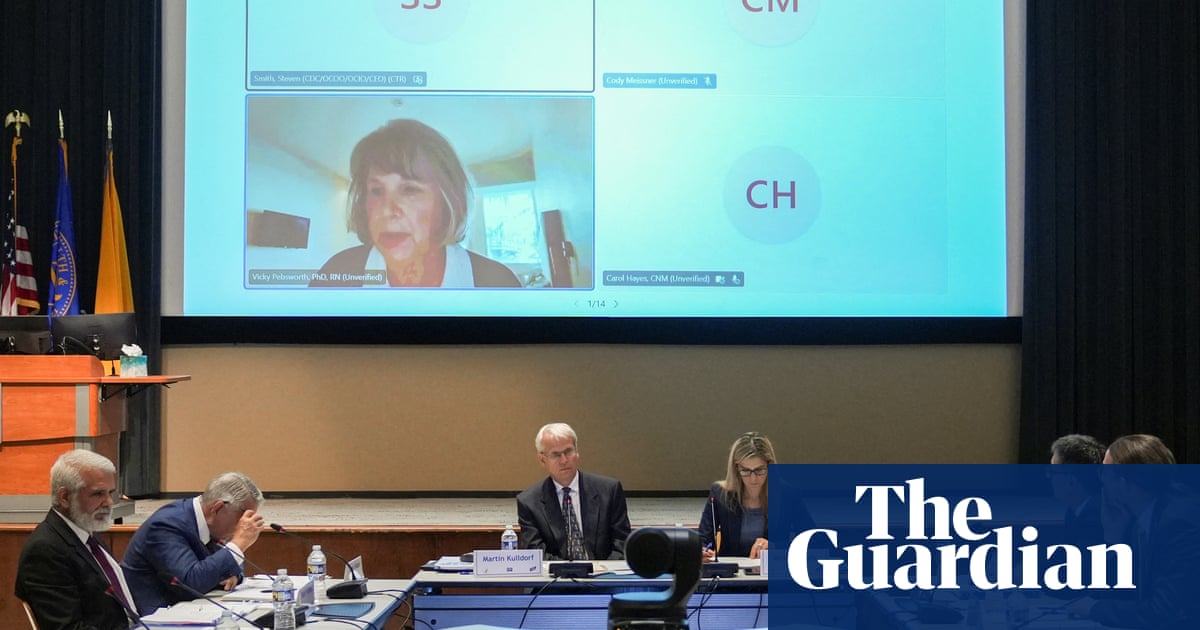Scientists Discover Thousands of Potential UFOs in 1950s Photos
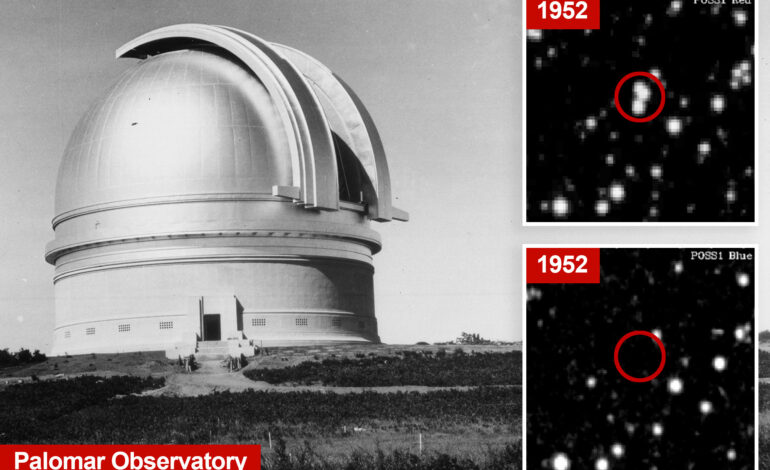
A recent study has revealed the potential existence of unidentified flying objects (UFOs) captured in photographs taken during the 1950s. Astronomer Beatriz Villarroel from the Nordic Institute for Theoretical Physics published two peer-reviewed papers suggesting that “transients”—fleeting star-like objects of unknown origin—could indicate extraterrestrial visitors. These findings, published in reputable journals, highlight a correlation between these transients and historical UFO sightings.
In her paper released on October 20, Villarroel analyzed approximately 2,000 photographic plates taken from 1949 to 1958 at the Palomar Observatory in California. This survey, known as the Palomar Sky Survey, represents one of the earliest comprehensive astronomical assessments of the night sky. Notably, these images were captured before any man-made satellites or spacecraft were in orbit, providing a unique perspective on the potential origins of these transients.
Villarroel utilized machine learning and imaging processing software to assess the brightness of the captured objects. The analysis identified 107,000 transient lights that resemble stars but are distinct in nature. While some were attributed to errors in the photographic plates, thousands remain unexplained. The research posits that these unidentified objects correspond to numerous well-documented UFO sightings and nuclear tests.
Historic Correlations with UFO Sightings
One significant instance occurred on July 19 and 27, 1952, during the famous Washington D.C. UFO Incident, which generated hundreds of reports of flying saucers over the capital. Villarroel noted that the timing of these transients aligns closely with the surge in UFO sightings, which have yet to be explained satisfactorily.
Additionally, the study found a striking association between the appearance of transients and dates of nuclear testing. The research indicated that transient sightings were 45% more likely to occur within 24 hours of a nuclear test. The last recorded transient associated with such a testing window was on March 17, 1956, following the Joe 21 nuclear test in Russia, according to data from the University of Columbia.
Another notable observation involved multiple transients appearing in a straight line across a single photographic plate, a phenomenon Villarroel argued is improbable under known natural conditions. The papers further assert a significant connection between UFO sightings and nuclear weapons testing, suggesting that these transients may warrant further investigation.
Overall, Villarroel’s findings bolster the hypothesis that these mysterious transients exhibit a degree of association with both UFO reports and historical nuclear activities. The implications of these revelations could shape future discussions surrounding unidentified aerial phenomena and their origins, as researchers continue to explore the enigmatic relationship between these sightings and significant events in human history.

